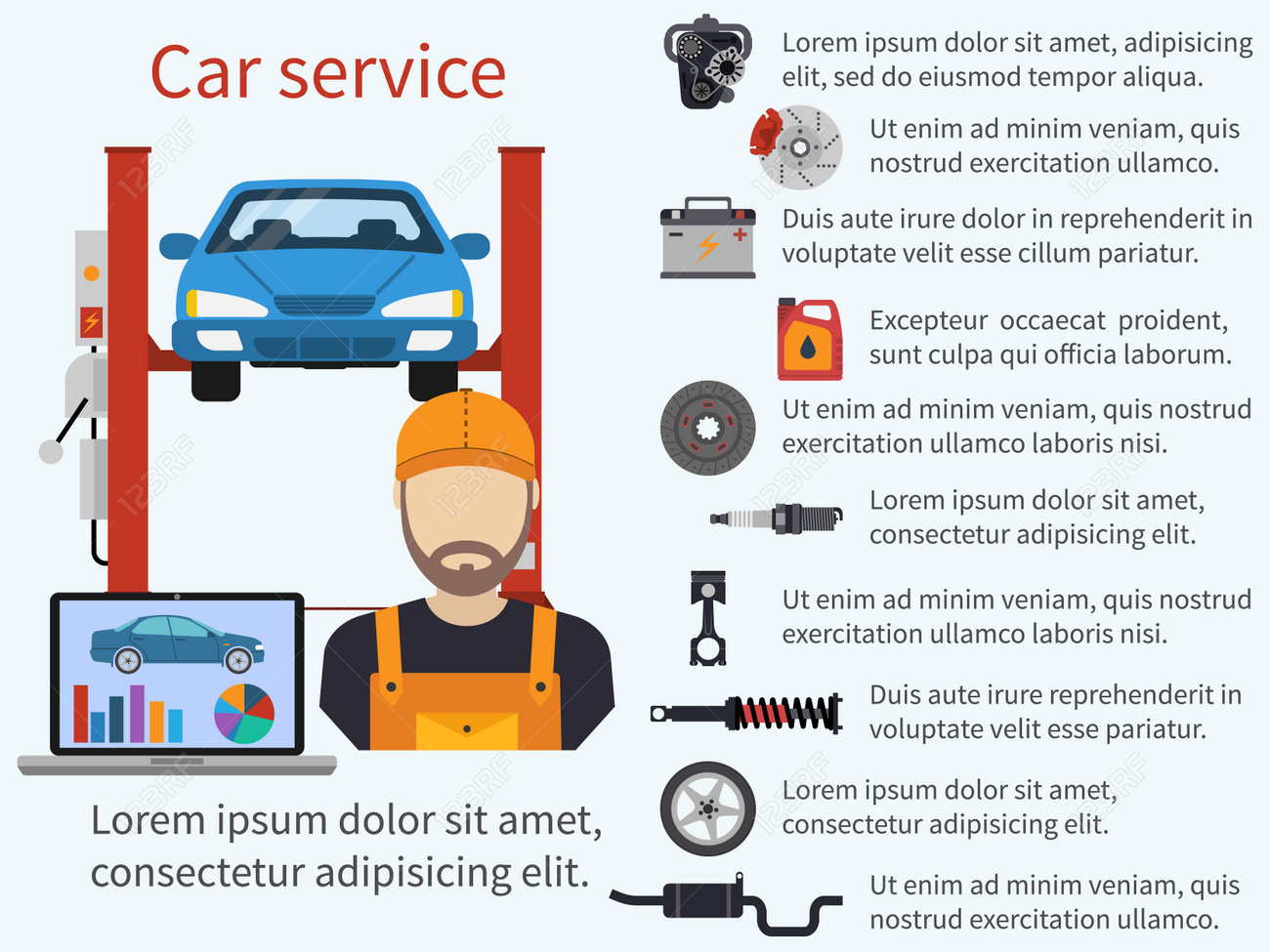Looking For Clearness On The Warning Lights Presented On Your Automobile'S Dashboard? Learn How They Connect To Your Automobile'S Health And Safety
Looking For Clearness On The Warning Lights Presented On Your Automobile'S Dashboard? Learn How They Connect To Your Automobile'S Health And Safety
Blog Article
Content Author-Lauritsen Kejser
When you're behind the wheel, those radiant caution lights on your dashboard can be a bit bewildering. Do you know what they're trying to tell you regarding your cars and truck's wellness? Understanding the importance of these lights is vital for your safety and the longevity of your lorry. So, motorcycle detailing among those lights pops up, wouldn't you want to understand its message precisely and take the required steps to address it?
Common Caution Lights and Interpretations
Recognize common warning lights in your car and comprehend their definitions to make certain risk-free driving.
The most common caution lights include the check engine light, which signals problems with the engine or emissions system. If this light comes on, it's important to have your lorry checked quickly.
The oil pressure warning light indicates low oil pressure, calling for immediate attention to avoid engine damages.
A blinking battery light could suggest a defective billing system, potentially leaving you stranded if not resolved.
The tire pressure tracking system (TPMS) light signals you to low tire stress, influencing automobile stability and fuel performance. Disregarding this could cause unsafe driving conditions.
The abdominal muscle light suggests an issue with the anti-lock braking system, jeopardizing your capacity to quit rapidly in emergency situations.
Last but not least, the coolant temperature level alerting light warns of engine overheating, which can result in extreme damage if not solved promptly.
Recognizing these typical caution lights will aid you deal with issues without delay and keep safe driving conditions.
Value of Prompt Focus
Understanding the usual caution lights in your cars and truck is only the primary step; the value of immediately resolving these cautions can not be emphasized enough to ensure your safety and security when driving.
When a caution light illuminates on your dashboard, it's your auto's means of connecting a prospective issue that needs attention. Neglecting these warnings can result in a lot more serious issues later on, endangering your security and possibly costing you extra in repairs.
Trigger focus to warning lights can avoid breakdowns and mishaps. For example, a blinking check engine light might indicate a misfire that, if left ignored, might trigger damages to the catalytic converter. Addressing bestcarwashauckland can conserve you from a costly repair work.
Similarly, a brake system advising light might signify reduced brake liquid or worn brake pads, critical elements for your safety and security when driving.
DIY Troubleshooting Tips
If you discover a warning light on your dashboard, there are a few DIY repairing ideas you can attempt before seeking specialist assistance.
The primary step is to consult your vehicle's guidebook to recognize what the specific warning light suggests. Often the issue can be as easy as a loose gas cap triggering the check engine light. Tightening the gas cap may solve the problem.
One more common issue is a reduced battery, which can cause numerous warning lights. Checking car seat cleaning auckland for rust and guaranteeing they're secure could fix the problem.
If a caution light lingers, you can try resetting it by separating the cars and truck's battery for a couple of mins and then reconnecting it. In addition, checking your car's fluid degrees, such as oil, coolant, and brake fluid, can help fix advising lights related to these systems.
Final thought
In conclusion, understanding your car's caution lights is vital for maintaining your vehicle running efficiently and safely. By quickly attending to these alerts and recognizing what they indicate, you can avoid costly repair work and potential breakdowns.
Keep in mind to consult your vehicle's guidebook for certain details on each advising light and take action accordingly to make certain a trouble-free driving experience.
Stay educated, remain safe on the road!
